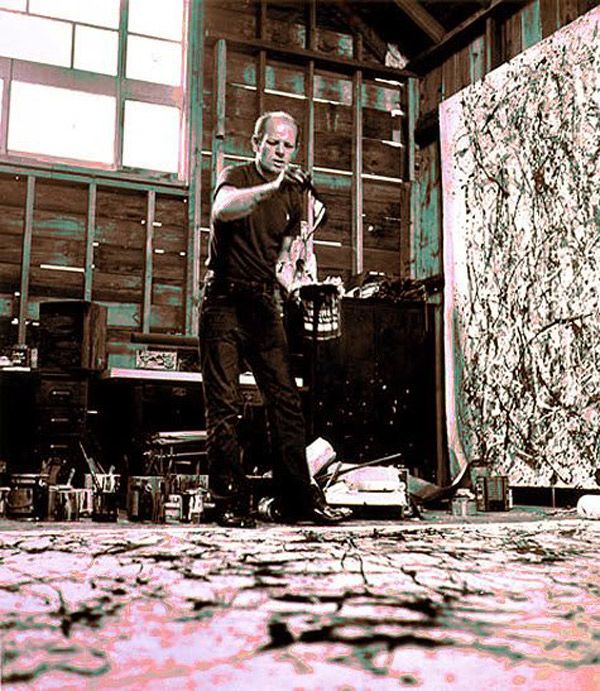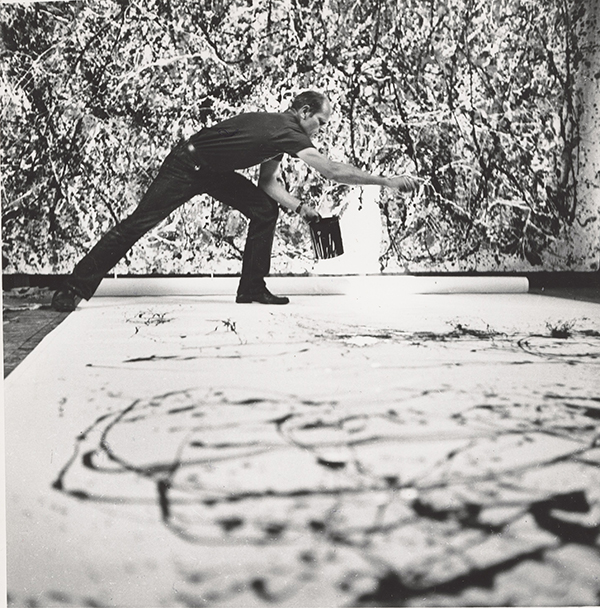It’s important to remember what art exactly IS when discussing its impact on the world.
Art is an expression of human skill and imagination to be appreciated for its beauty or emotional power.
Therefore it is something we humans are uniquely capable of creating (with our hands or our minds) to be experienced in a way we are uniquely capable of.
Art Reflects Culture
Art is a tool for mirroring what the cultural society is going though at a particular place and time in history.
Art Represents Our Standing Value for Creativity (and can help us value it more, too!)
In the past, we see art being used as an informative tool. We were focused on survival, so our art shows us not only where we were culturally (focused on not dying!) but also what sort of capacity we had to appreciate creativity.
We shift to see art focusing on religion, politics and the aristocratic elite. We are not only showing what is important at this time and place in history, but also what our value of creativity is. We are celebrating creativity as long as it is in line with the patrons vision for the artwork.
When a switch into modern art occurs, we are also seeing greater freedom in the world! Suddenly we thriving culturally and we are ready to accept and appreciate artistic ingenuity, even if it pushes us out of our comfort zones.
In the contemporary world, artwork is selling for 100s of millions of dollars, however the myth of the starving artist is still live and well. There is a tension between the understanding that art will sell for a lot, but it is not a viable career choice, further distancing the relationship between the masses and artwork.
Meuses, by Monet sold in 2019 for $100.7 million dollars.
There still is major value for creativity in our contemporary world, but it is leaning towards the digital world, ie technology.
Why?
Because no matter how expensive a piece of technology is, we believe and understand that technology is for US, not only the rich and elite.
How many of us spend $1000.00 on a new phone that we will need to replace every three years? How often will we pay $1000.00 for a piece of art that we will appreciate for our lifetime and pass on to the next generation?
The creativity that we value is equally represented by the creativity and ingenuity that we can appreciate daily.
















